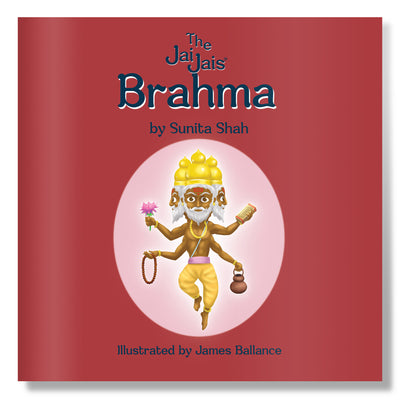Have you heard if an Apsara? Again something that I never knew until I started the Jai Jais journey. There are so many heavenly beings in Hinduism that I was not told about as a child. So I thought I would find out about Apsaras The Jai Jais way! The word "Apsara" originates from the Sanskrit "Apsaras". It could loosely be defined as "the one going in the waters or between the waters of the clouds".
There are two types of Apsaras, namely, laukika (worldly) and daivika (divine). Thirty-four nymphs are specified of the first type and ten of the second type. Apsaras are female spirits of the clouds and water celestial maidens also known as numphs or fairies, in Hindu and Buddhist culture. Apsaras are supernatural female beings. They are able to shape shift at will. They are beautiful, charming, youthful and elegant, and have mastered the art of dancing. They are often the partners of the Gandharvas which I blogged about last week, the court musicians of Lord Indra. They dance to the music made by the Gandharvas, usually in the palaces of the gods, entertain and sometimes seduce gods and men. As ethereal beings who inhabit the skies, and are often depicted taking flight, or at service of a god, they may be compared to angels.
The Rigveda mentions these Apsaras as aquatic nymphs. Atharvaveda introduces Apsaras as the inhabitants of the waters. It discusses their heavenly association with the stars, clouds and rain. During the Samudra Manthan– the churning of the milky ocean many jewels came out of the sea that included some famed Apsaras namely Rambha, Menaka, Punjisthala . They are said to have emerged after the appearance of the Kalpavriksha. These Apsaras were gorgeous women , draped in attractive robes and bejewelled with golden ornaments. These celestial nymphs were engaged in alluring by their intoxicating movements and amorous glances. Manu Sastra asserts that Apsaras were created with the seven Manus to serve as wives of the Gods and daughters of pleasure. According to the Nāṭya Śāstra, Apsaras were mental creations of the Universal Creator- Brahma. The Vayu Purana refers to the origin of Apsaras from various sources. It describes Apsaras as Manasa Kanya- mental creation of Brahma gifted them with beauty, energy and force of nature. It presents them as dazzling maidens, similar to the stretched rays of the sun and also bearing the soft illumination from moon and benevolence. In the Vishnu Purana , Apsaras are mentioned as the attendants of Surya.
Besides entertaining Indra in his court, these celestial charmers are often sent by Indra himself to disrupt the penance of sages, Kings and Princes. Indra is always portrayed as being in perpetual fear of losing his throne to highly spiritual and evolved sages. Hence, he often sends these beauteous creatures to distract those devout people and deter them from their spiritual pursuit, thus stopping them on their spiritual journey.
Apsaras who succeeded in seducing powerful sages and achieve their mission would earn the wrath of the latter and would also be cursed by them. In such cases, the children born of them (usually female) would be abandoned by both the sage and the nymph and would end up being brought up by foster parents. (Ref: Dolls of India)
Apsaras have been a consistent part of Hinduism, having an insightful presence in Vedic literature. The commonality lies in the fact that these beautiful creations were females with captivating powers and immense dedication to their creators.
Disclaimer: The opinions expressed in this article belong to the author. The Jai Jais is neither responsible nor liable for the accuracy, completeness, suitability, or validity of any information in the article.












